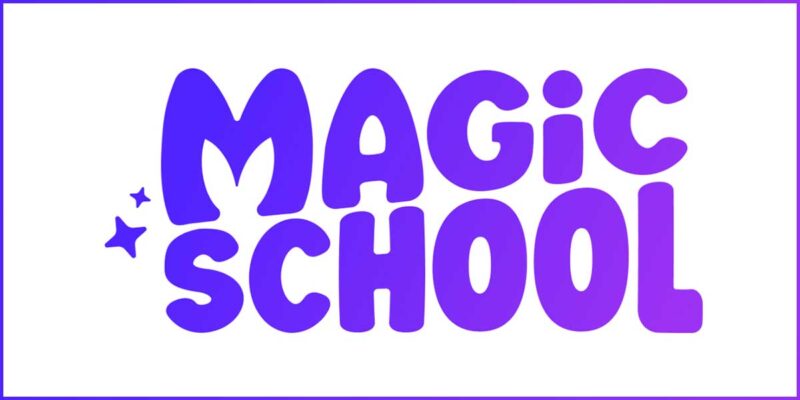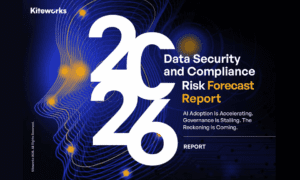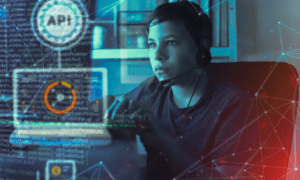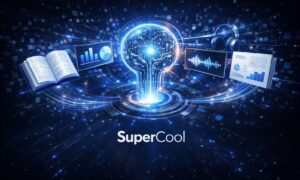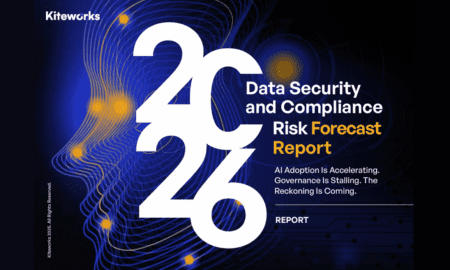Introduction
Artificial Intelligence (AI) is rapidly transforming the educational landscape. As classrooms grow more dynamic and administrative burdens increase, teachers are seeking tools that offer both efficiency and effectiveness. Enter Magic School AI, a platform created with a singular goal: to reduce teacher burnout by automating time-consuming tasks and streamlining instruction.
Magic School AI is more than just a productivity tool—it’s an intelligent teaching assistant built by educators, for educators. It offers a wide array of features including lesson planning, differentiated instruction support, parent communication templates, IEP goal writing, and more. But does it live up to the promise? This comprehensive review explores the benefits, key features, user experience, and the critical shortcomings that educators should be aware of.
What is Magic School AI?
Magic School AI is an AI-powered platform that simplifies and automates many of the essential, repetitive tasks teachers deal with daily. It provides over 80 tools designed specifically for educators. These tools span instructional planning, classroom management, assessment generation, communication, and student-facing experiences. The interface is built to be simple, teacher-friendly, and aligned with educational needs at every level—from elementary to high school.
The platform also includes integrated safety features and is compliant with privacy regulations, making it suitable for use in public school systems.
Key Features
- AI-Powered Lesson Planning
Magic School AI enables teachers to generate comprehensive lesson plans tailored to specific subjects, grade levels, and curriculum standards. Educators simply enter a topic or objective, and the system delivers a structured lesson that includes learning goals, materials needed, key vocabulary, and suggested activities. This is particularly useful for busy teachers who juggle multiple classes or subjects.
- Differentiation and Accessibility
The platform includes tools for differentiating reading passages and assignments based on reading levels or student needs. Teachers can adapt materials for English Language Learners (ELLs), students with Individualized Education Plans (IEPs), and gifted learners. This function helps teachers reach all learners, especially in diverse classrooms where instructional customization is essential.
- Assessment and Quiz Generators
Teachers can quickly generate formative and summative assessments, including multiple-choice questions, short answers, rubrics, and exit tickets. The platform allows customization by subject, grade, and difficulty level. This is particularly helpful during midterms, finals, or when introducing new units.
- Parent Communication Templates
Teachers can input a few key points and use the AI to generate polished emails to parents, newsletters, and progress updates. Whether it’s a weekly check-in, a behavioral report, or a parent-teacher meeting summary, the AI crafts professional messages that save time while maintaining clarity and empathy.
- IEP Goal and Behavior Plan Writing
Special education teachers can use Magic School AI to draft personalized IEP goals and behavioral intervention plans. By entering specific student needs or challenges, educators receive detailed and structured output that aligns with best practices. This is an excellent tool for starting the process, though final reviews are essential.
- Student Rooms
Student Rooms are controlled AI environments where students can interact with pre-approved AI tools for assignments or enrichment. Teachers can monitor usage and review student interactions. This allows safe integration of AI into student learning without losing oversight or accountability.
Benefits of Using Magic School AI
✅ Time Efficiency
Teachers consistently highlight the platform’s ability to save hours of work each week. Whether planning lessons, generating quizzes, or writing communications, Magic School AI cuts down prep time significantly—often by as much as 5–10 hours per week.
✅ Reduced Burnout
By eliminating repetitive administrative tasks, the platform helps reduce one of the main causes of teacher burnout. It gives educators more time to focus on instruction, creativity, and connection with students.
✅ Improved Differentiation
The platform’s ability to generate leveled content, scaffolded materials, and modified tasks makes it ideal for inclusive classrooms. Educators can easily support students with a variety of needs without starting from scratch each time.
✅ User-Friendly Interface
Even tech-averse teachers can get started quickly. The tool’s design is intuitive, and the process of generating content is straightforward—choose a tool, input your prompt, and receive results in seconds.
✅ Student Safety and Privacy
The platform complies with key privacy regulations including FERPA and COPPA. Teachers retain full control over what content is shared with students, and student-facing tools are carefully moderated.
Shortcomings and Limitations
While Magic School AI delivers on many fronts, it is not without its flaws. Educators should approach it with clear expectations and a discerning eye.
⚠️ 1. Output Accuracy Varies
Although the platform generally produces high-quality drafts, the accuracy and relevance of AI-generated content can sometimes fall short—particularly in subjects like mathematics, science, or content requiring nuanced cultural understanding. Educators have reported that tests or math problems generated by the AI may lack rigor or contain factual errors.
Recommendation: Always double-check generated content before sharing it with students.
⚠️ 2. Limited Depth for Complex Subjects
Magic School AI is excellent for basic to intermediate content but struggles with higher-level or deeply analytical subjects. For example, high school calculus or advanced chemistry may require a level of expertise the AI hasn’t fully mastered yet.
Recommendation: Use it as a starting point, not a substitute for teacher knowledge.
⚠️ 3. Dependency on Prompt Quality
The quality of output is highly dependent on how well a teacher formulates the prompt. Vague, broad, or unclear inputs can result in generic or unusable content. New users may face a learning curve when it comes to crafting effective prompts.
Recommendation: Be specific. The more details you provide, the more useful the result.
⚠️ 4. Risk of Overreliance
There’s a danger of becoming too reliant on AI-generated content. While the platform is a fantastic assistant, it cannot replace human insight, cultural understanding, or emotional intelligence—all of which are essential in teaching.
Recommendation: Use Magic School AI to enhance—not replace—your instructional creativity and judgment.
⚠️ 5. Institutional and Access Restrictions
Some school districts restrict or limit the use of AI tools due to data privacy concerns or policy hesitations. Even though Magic School AI is compliant with major privacy standards, access may still be blocked or limited in some locations.
Recommendation: Work with your district’s IT and compliance team to ensure authorized access.
Best Practices for Educators
- Review All Content: Never use the AI-generated output blindly. Edit and refine the content before presenting it to students or stakeholders.
- Start Small: Begin with one or two tools—like lesson planning or parent communication—before exploring the full suite.
- Train Your Team: Share usage tips with fellow educators. A collaborative approach to using the platform can accelerate adoption.
- Experiment and Adapt: Test different prompts to discover what works best for your teaching style and content needs.
- Encourage Responsible Use: If introducing the student tools, establish clear rules for engagement and closely monitor usage.
Ideal Use Cases
Magic School AI is most effective in the following situations:
- First-year or early-career teacherswho are building content from scratch.
- Special education teachersdrafting IEPs or behavior plans.
- General education teachersmanaging differentiated instruction in large classrooms.
- Schools implementing inclusive educationwhere scaffolding is a daily requirement.
- Districts seeking compliant AI toolsthat don’t require high technical proficiency.
Final Verdict
Magic School AI is a powerful tool with tremendous potential, particularly for time management, administrative relief, and classroom differentiation. While it requires responsible use and occasional correction, it has already proven to be an asset in modern classrooms.
Pros:
- Huge time savings
- Differentiation support
- Compliant and safe for student use
- Excellent for teacher communication tasks
Cons:
- Accuracy varies across subjects
- Doesn’t replace deep content expertise
- Requires quality prompting
- May not be approved by all districts
Recommendation
Magic School AI is highly recommended for teachers, instructional coaches, and school districts looking for a scalable, teacher-first AI platform. Use it thoughtfully, stay engaged in the process, and it will become an invaluable teaching assistant—not a replacement, but a reliable sidekick in the classroom journey.

